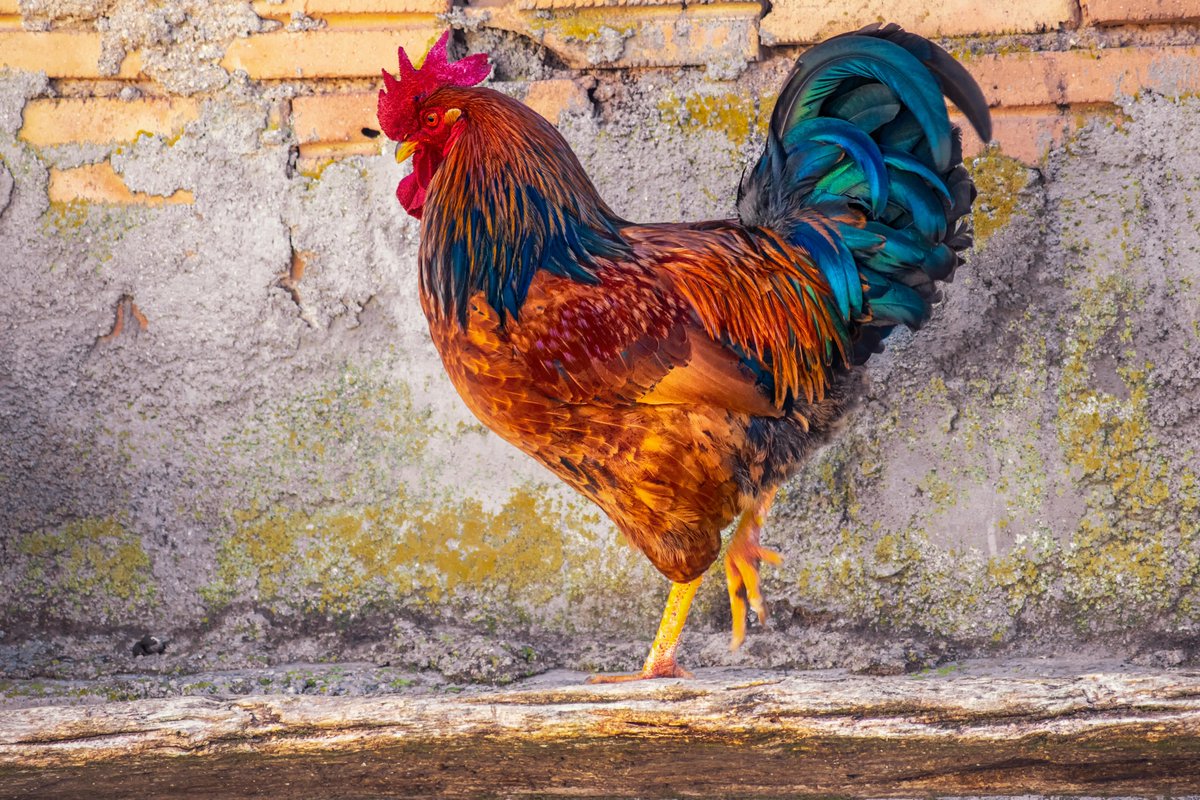
Haggard Hawks 🦅📚 Words | Language | Etymology
@haggardhawks
Obscure words, etymological tales, language trivia | Books available here: haggardhawks.com/books | Tweets by @PaulAnthJones | Artwork by @bread_and_ink
ID: 2239350253
http://haggardhawks.com 10-12-2013 15:28:11
49,49K Tweet
85,85K Takipçi
2,2K Takip Edilen

























